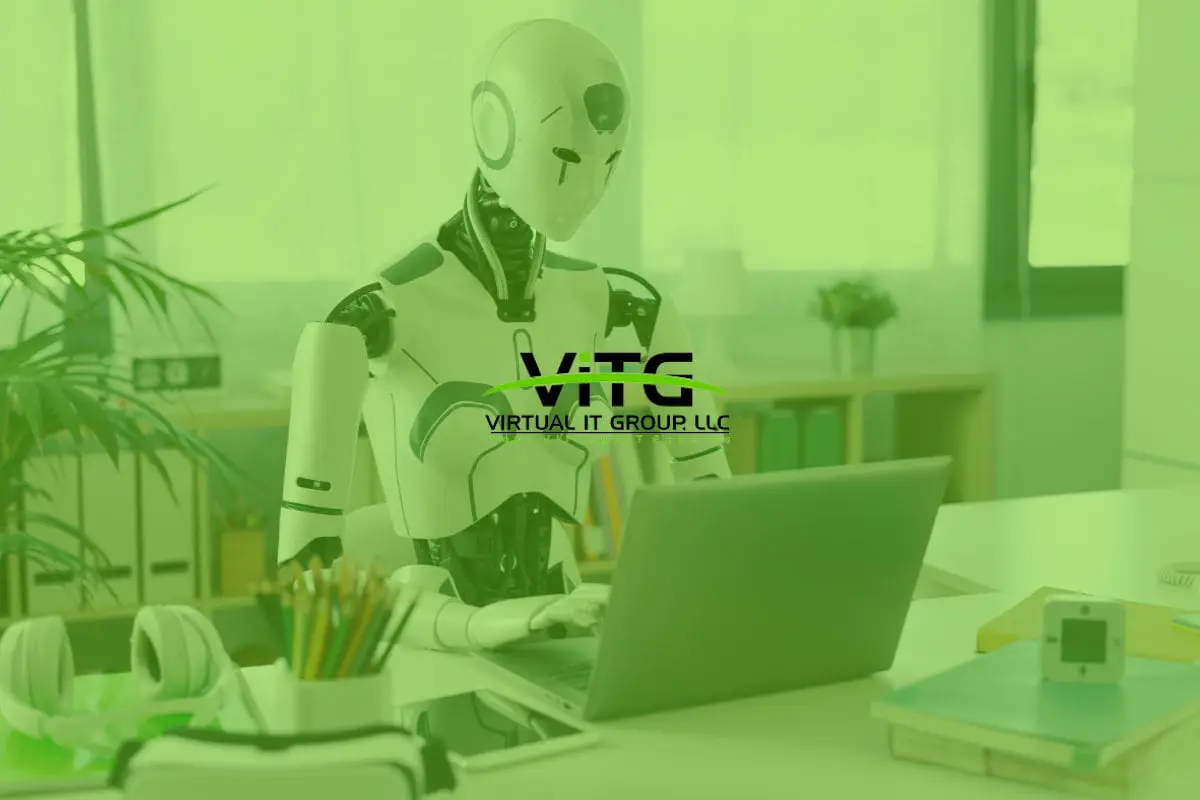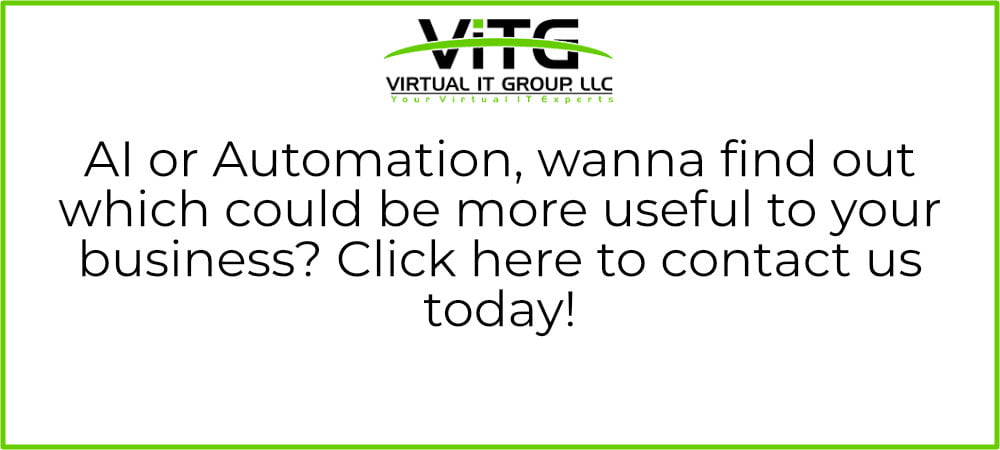Research on artificial intelligence’s effects on the workplace that Brookings released in November of last year drew quick criticism. The report’s key finding—that, in general, better-paid, better-educated white-collar professionals are most exposed to AI’s potential for economic disruption—confounded many readers, journalists, and even specialists.
The authors Mark Muro, Robert Maxim, and Jacob Whiton’s conclusion appeared to contradict the general perception of how technology will affect labour in the future. We’ve been hearing for years about how these developments will mostly eliminate jobs for lower-income, blue-collar employees as robotics and technology slowly eat up those industries.
The Mercury News noted this contradiction in a piece about the report from November, saying, “The study released Wednesday by the Brookings Institution seems to contradict findings from previous studies—including Brookings’ own—that showed lower-skilled workers will be most affected by robots and automation, which can involve AI.”
The Brookings paper from January 2019 titled “Automation and Artificial Intelligence: How machines are affecting people and places” (also written by Muro, Maxim, and Whiton) is probably one of the “previous studies” the article is referring to. According to the earlier study, “The impacts of automation in the coming decades will be variable across occupations, and will be visible especially among lower-wage, lower-education roles in occupations characterised by rote work.” This is in apparent conflict with the AI report.
How therefore do we reconcile these two seemingly incongruent findings? The key is to distinguish between artificial intelligence and automation, two concepts that may sound similar but will have quite distinct effects on how people will work in the future in the United States and around the world. To understand which worker types are most vulnerable and what we can do to aid them, it is essential to draw attention to these distinctions.
Automation Versus AI: What’s The Difference?
How we define AI and automation differs from how we define them, which has implications for how we assess their potential influence on the workplace.
The misconception around automation’s relationship to AI is mostly due to the fact that automation is a wide word that describes a whole class of technologies rather than just one. Robotics, software, and artificial intelligence are three areas that the automation report concentrated on. Examples of the last two types are programmes that automate administrative tasks like bookkeeping or payroll or machines that race across production floors carrying parts and packages.
Both physical and mental tasks—particularly those that are predictable and routine—are replaced by automation. Consider working as a delivery driver, clerk, or a machine operator. In contrast, “activities that seem relatively secure, by contrast, include: the management and development of people; applying expertise to decision making, planning, and creative tasks; interfacing with people; and the performance of physical activities and operating machinery in unpredictable physical environments,” the automation report stated.
The authors of the more recent AI-specific report concentrated on the machine learning subset of AI, which involves utilising algorithms to detect patterns in vast amounts of data. Here, the application of technology to the workplace is more about intelligence than it is about tasks. AI might possibly take over more interpersonal tasks like human planning, problem-solving, or perception in place of the “routine.”
And which topline professions are most vulnerable to the consequences of AI, according to Brookings research? Personal financial counsellors (“applying expertise to decisionmaking”), sales managers (“the management and development of people”), and market research analysts and marketing specialists (“planning and creative tasks,” “interacting with people”). What automation probably won’t influence and what AI probably will affect are practically identical.
Machine learning is extremely helpful for roles that involve prediction. In a subsequent follow-up to their AI paper, Muro, Maxim, and Whiton stated that “prediction under conditions of uncertainty…is a widespread and challenging aspect of many information-sector jobs in health, business, management, marketing, and education.” These foretelling, predominately white-collar jobs appear particularly vulnerable to disruption by AI.
This distinction between the AI and the automation report was understood by some media outlets. Jamie Condliffe stated in The New York Times Bits email that “before, similar analyses grouped robotics and A.I. However, when you break them down, it seems reasonable that A.I., which is about planning, perceiving, and other things, would affect white-collar jobs.
Observing where Brookings Metro research projects that the two approaches will have the most effects is a pretty clear way to differentiate between them. Blue-collar or service-sector-focused metro areas with strong automation potential include Toledo, Ohio, Greensboro, North Carolina, Lakeland-Winter Haven, Florida, and Las Vegas.
Contrarily, San Jose, California’s tech powerhouse, is the most heavily AI-exposed metro area, followed by other sizable cities like Seattle and Salt Lake City. According to the paper, locations with lower AI exposure “range from larger, service-oriented metro areas like El Paso, Texas, Las Vegas, and Daytona Beach, Florida, to smaller, “leisure” communities like Hilton Head and Myrtle Beach, South Carolina, and Ocean City, New Jersey.”
Likely, AI will affect certain groups differently than other forms of automation. Muro, Maxim, and Whiton reported that 47% of Latino or Hispanic workers have jobs that might be partially or completely automated in their analysis on the larger automation area. With a 45% automation potential, American Indian workers were close behind Black (44%), White (40%), and Asian Americans (39%). You can very nearly reach the authors’ conclusion about how AI will affect labour demographics if you reverse that order: Asian Americans, followed by white, Latino or Hispanic, and Black workers, have the greatest potential exposure to AI disruption.
What We Don’t Know Yet
Despite these contrasts, there is one significant similarity between the effects of AI and greater automation on the workforce: uncertainty. The prospective applications of artificial intelligence in the actual world are unclear, and the AI report made an attempt to predict these applications by using the content of patents based on AI. According to the authors, AI may not replace human labour but rather complement it in professions like law or medical, maybe even creating new jobs as demand rises.
New forms of automation may eventually have a variety of long-term effects, including, paradoxically, raising demand and generating employment. The authors state that “labour substitution by machines improves productivity and quality and lowers the cost of goods and services.” Although it won’t always and permanently, this might have the effect of boosting employment in certain areas.
It’s vital to bear in mind the contrasts between technical developments like AI and automation in general—and who, specifically, they’re positioned to affect—as policymakers develop new remedies to safeguard employees against technological disruption.
Virtual IT Group – Quality Managed IT, Support and Strategy for Central Florida Businesses
Operating from the heart of the Tampa Bay area, Virtual IT Group offers high-quality, expertly curated IT services to businesses across Central Florida and beyond. We provide resilient IT systems that end users can rely on and deliver transformational solutions that act as catalysts for business growth.
Get in touch today to find out how we could help your business.


